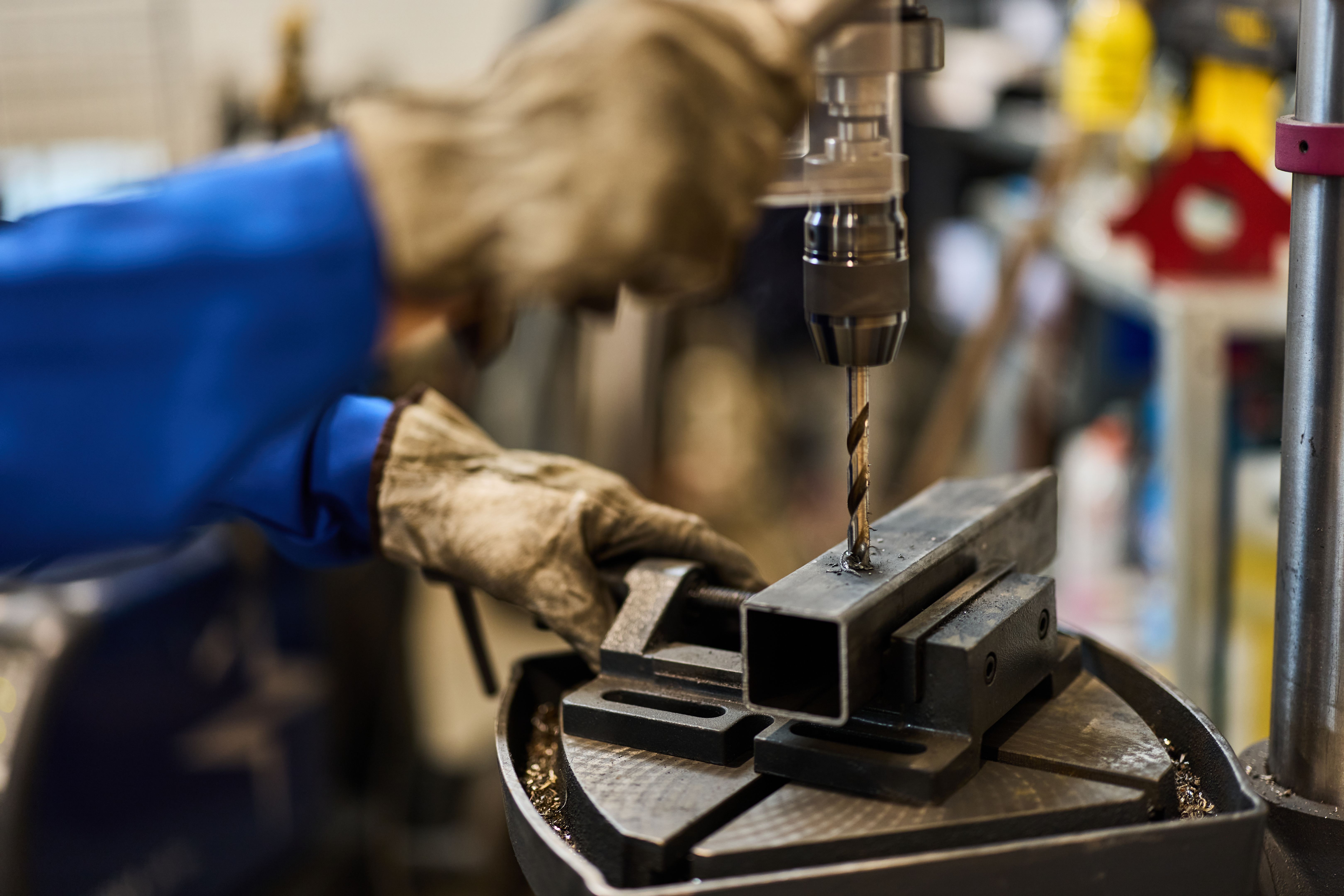The Ultimate Guide to Magnet Drills
RR
Understanding Magnet Drills
Magnet drills, also known as magnetic base drills or mag drills, are powerful tools used for drilling holes in metal. They are especially beneficial in situations where portability and precision are required. Whether you're working on a construction site or in a workshop, these drills offer unmatched efficiency and ease of use. The key feature of magnet drills is their magnetic base, which firmly attaches to a metal surface, ensuring stability and accuracy during operation.

Types of Magnet Drills
There are several types of magnet drills available in the market, each designed for specific applications. The most common types include:
- Electric Magnet Drills: These are the most widely used and are powered by electricity. They are suitable for a variety of drilling tasks and offer consistent performance.
- Pneumatic Magnet Drills: Ideal for environments where electrical safety is a concern. They use compressed air for operation and are often found in industries such as oil and gas.
- Hydraulic Magnet Drills: These are used in heavy-duty applications where high power is required. They are less common but offer superior performance under demanding conditions.
Key Features to Consider
When choosing a magnet drill, it's essential to consider several features to ensure it meets your specific needs. Look for the following characteristics:
- Drilling Capacity: This determines the maximum diameter and depth of holes the drill can handle. Ensure the drill matches the requirements of your projects.
- Motor Power: A powerful motor ensures efficient drilling and longer tool life. Check the wattage or horsepower ratings when comparing models.
- Weight and Portability: Depending on where you'll be using the drill, you may need a lighter model for ease of transport and maneuverability.
- Safety Features: Look for features like overload protection and safety guards to ensure safe operation.

Advantages of Using Magnet Drills
The primary advantage of magnet drills is their ability to secure themselves magnetically to metal surfaces, providing a stable platform for precision drilling. This feature is particularly beneficial when working with large or heavy metal pieces that cannot be easily moved. Additionally, magnet drills are versatile and can be used in various positions, including vertical and overhead drilling, making them indispensable tools for any metalworking task.
Maintenance Tips
Proper maintenance is crucial to extend the life of your magnet drill and ensure optimal performance. Here are some maintenance tips to consider:
- Regular Cleaning: Keep the drill free from metal shavings and other debris that can affect performance.
- Lubrication: Regularly lubricate moving parts to prevent wear and tear.
- Magnetic Base Care: Clean the magnetic base after each use to maintain its strength and effectiveness.

Choosing the Right Accessories
To maximize the potential of your magnet drill, consider investing in high-quality accessories. Core drill bits, which are often used with magnet drills, come in various sizes and materials suitable for different metals. Additionally, specialized cutting fluids can enhance drilling efficiency and prolong the life of your bits by reducing heat and friction during operation.
Applications in Industry
Magnet drills are invaluable in various industries, including construction, manufacturing, and shipbuilding. They are used for tasks such as creating bolt holes in steel beams, drilling through thick metal plates, and fabricating complex metal structures. Their ability to deliver precise results quickly makes them an essential tool for professionals who demand accuracy and reliability.
In summary, magnet drills offer a versatile solution for metal drilling tasks across multiple industries. By understanding their features, maintenance needs, and applications, you can choose the right model that will enhance your productivity and ensure successful project outcomes.